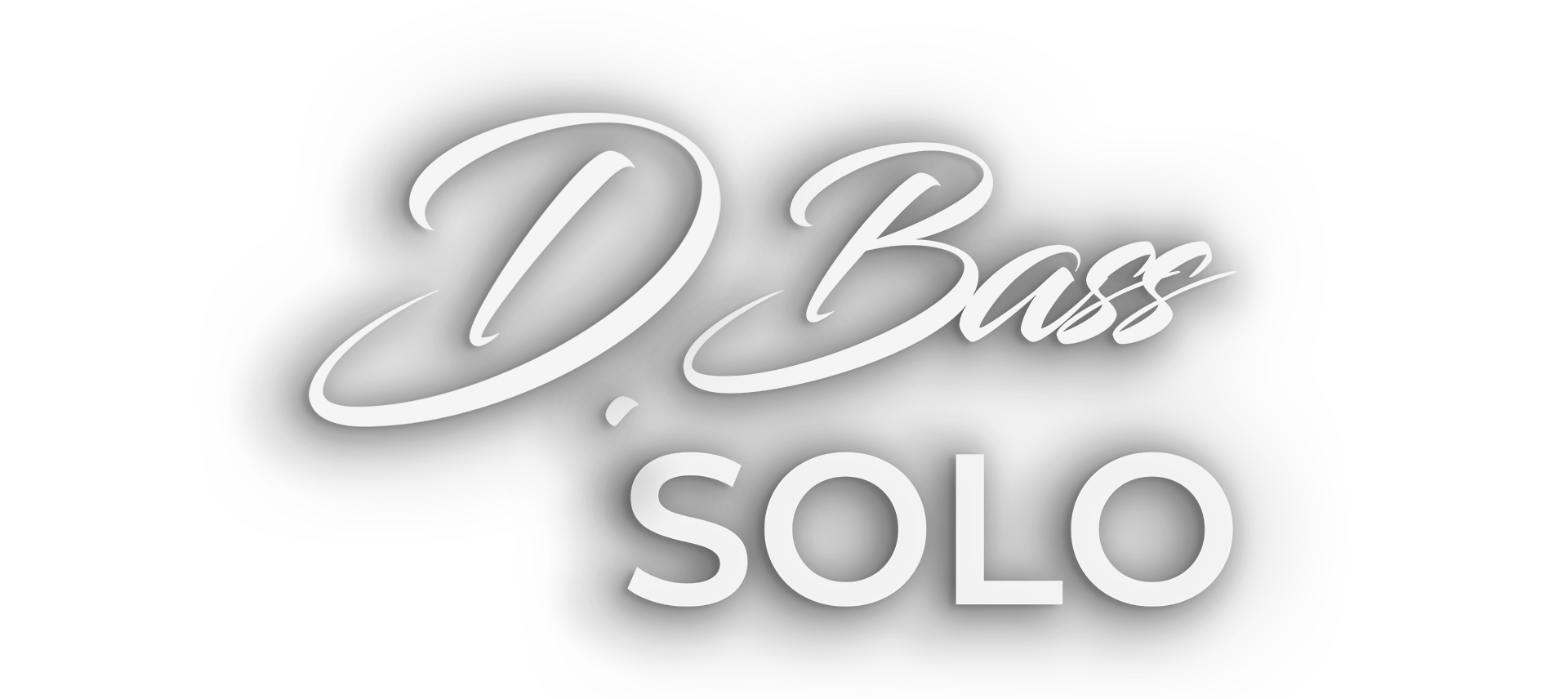
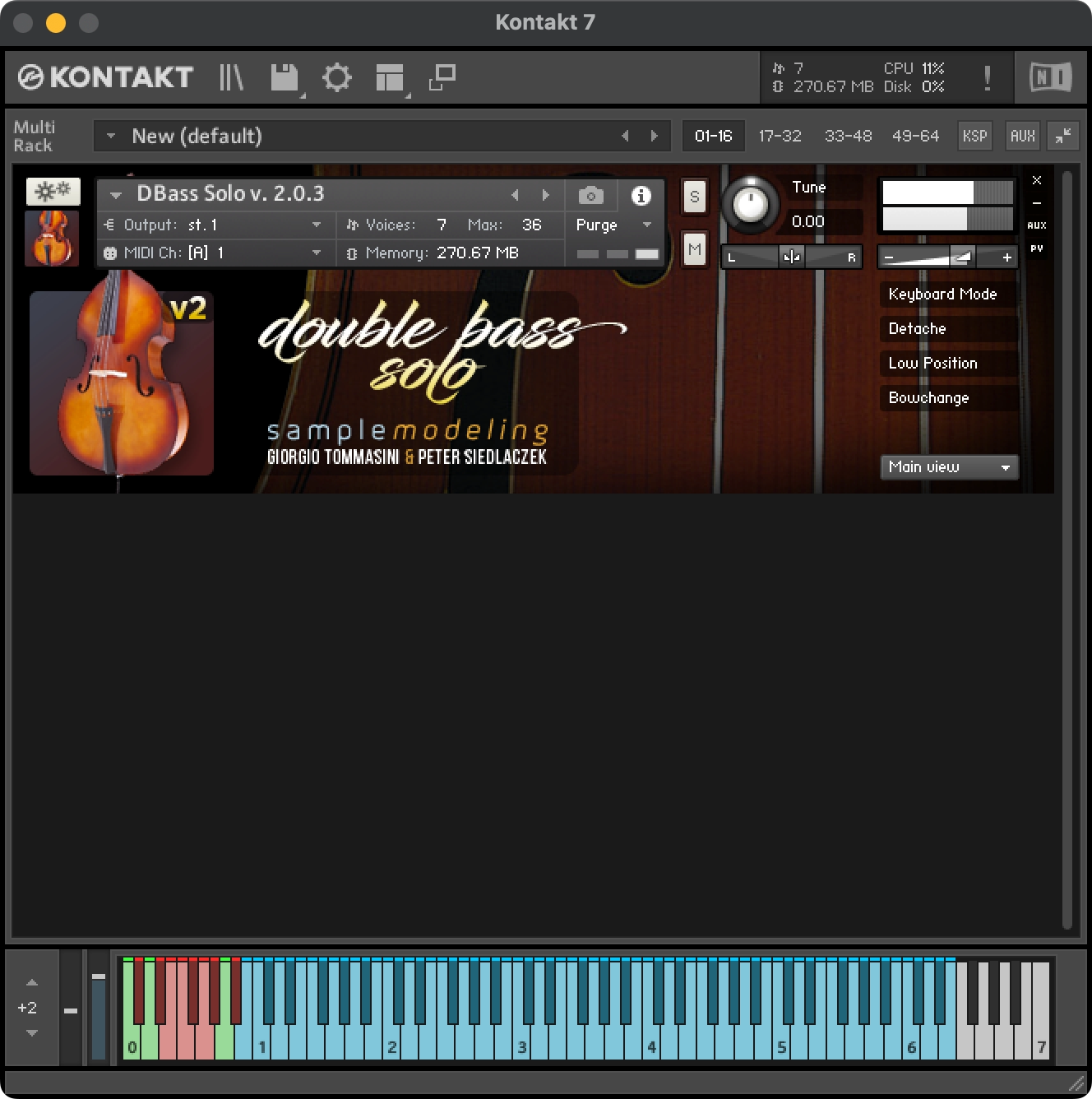

Windows 7 or later, 32 or 64 bit
Intel or Apple Silicon, OS X 10.8 or later.
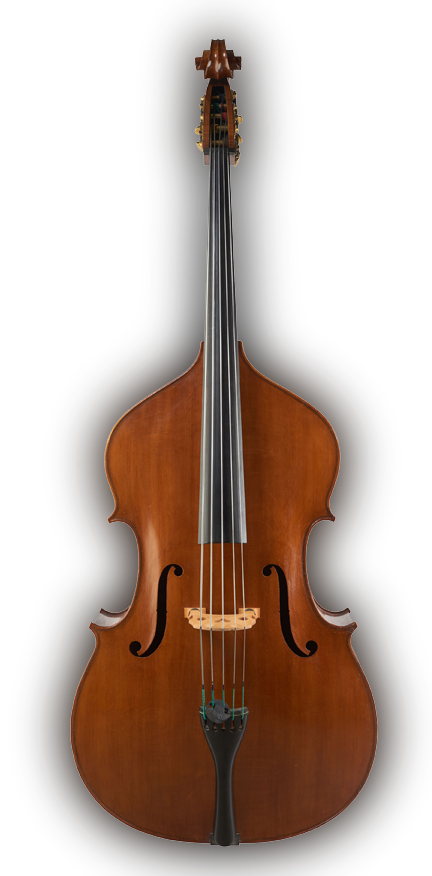
Samplemodeling Solo D.Bass goes far beyond any existing virtual D.Bass. While preserving the timbre of the real instruments, it offers the possibility of real-time shaping of any possible articulation, from agile and virtuosic phrasing to lyrical and emotional sound.
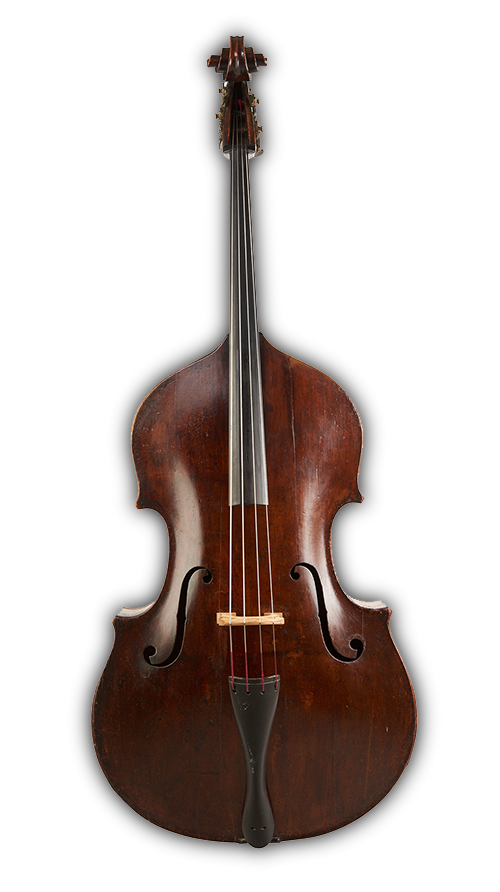
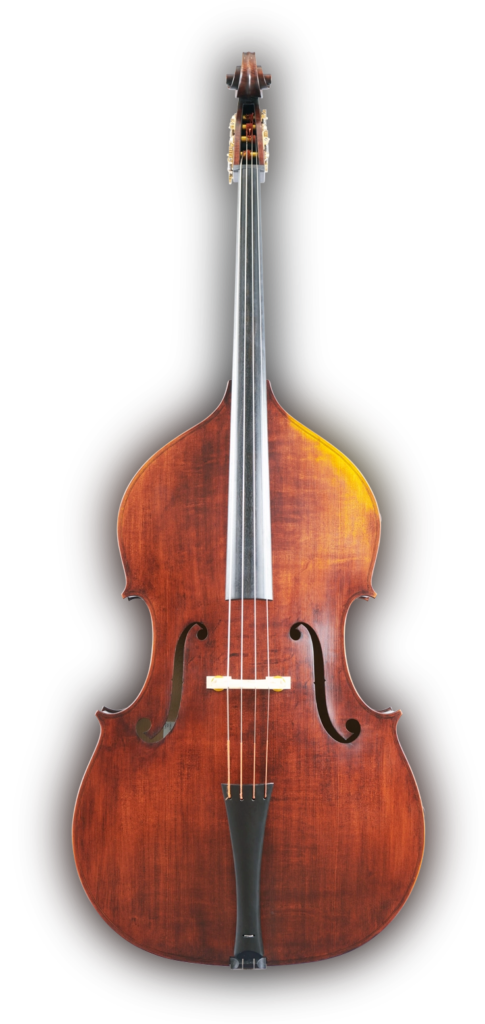

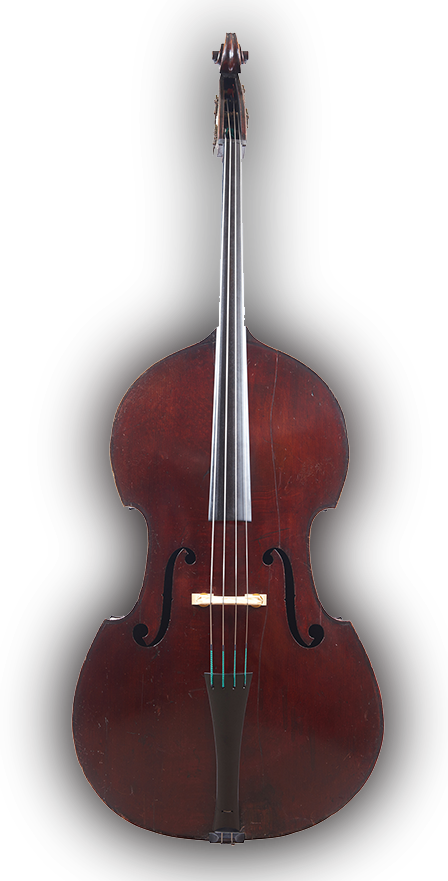
Samplemodeling Solo D.Bass includes 7 different sounding instruments and a sordino.
With an extensive range of adjustable parameters, Samplemodeling Solo Strings stand out as the most versatile Virtual Strings on the market, offering unparalleled control and customization.














Sample libraries typically employ several pre-recorded dynamic layers, utilizing cross-fades and volume matching techniques.
Samplemodeling proprietary “Harmonic Alignment” technology allows continuous transition across the dynamics without any side effects.


No pre-recorded articulations as in conventional libraries. You’ll be able to recreate virtually infinite types of articulations by the interaction of key velocity, expression controller, pitchwheel and modwheel, plus some additional MIDI CCs for special effects.
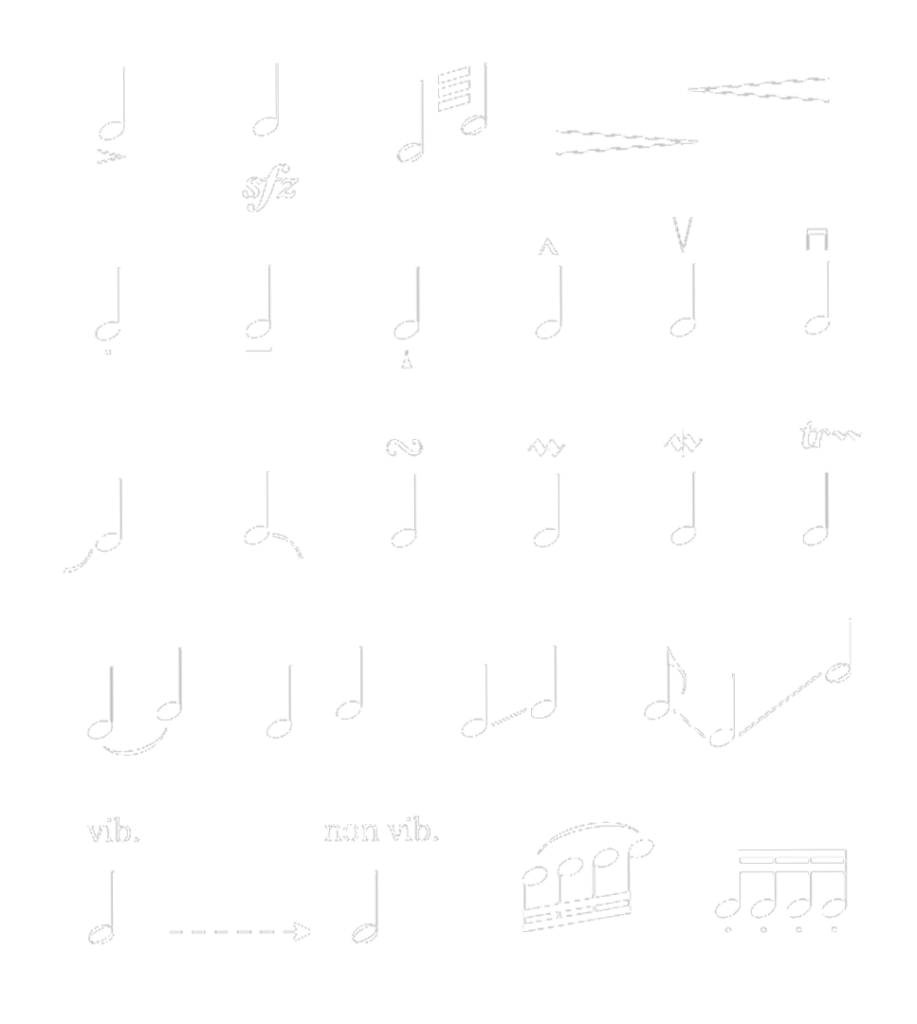




Until now, Samplemodeling Strings were available only as a complete bundle, including Solo, Chamber & Ensembles. We decided to offer our Solo instruments as individual items, namely Violin, Viola, Cello & Double Bass, as well as a Solo Strings Bundl! Please note that these Solo Strings version 2.03 instruments are NKS compliant. This feature will be much appreciated by Komplete Kontrol and Maschine users.
Until now, Samplemodeling Strings were available only as a complete bundle, including Solo, Chamber & Ensembles. We decided to offer our Solo instruments as individual items, namely Violin, Viola, Cello & Double Bass, as well as a Solo Strings Bundl! Please note that these Solo Strings version 2.03 instruments are NKS compliant. This feature will be much appreciated by Komplete Kontrol and Maschine users.
Experience the sheer beauty of Ennio Morricone’s ‘Love Theme’ from “Cinema Paradiso” as it comes to life through the incredible Samplemodeling Solo Violin. In this captivating performance by Cristian Labelli, the instrument’s expressive, lyrical, and virtuosic qualities shine through, transporting you to the heart of the music.
MIDI mockup created by Cristian Labelli using the Samplemodeling Solo Violin.
Until now, Samplemodeling Strings were available only as a complete bundle, including Solo, Chamber & Ensembles. We decided to offer our Solo instruments as individual items, namely Violin, Viola, Cello & Double Bass, as well as a Solo Strings Bundl! Please note that these Solo Strings version 2.03 instruments are NKS compliant. This feature will be much appreciated by Komplete Kontrol and Maschine users.
Until now, Samplemodeling Strings were available only as a complete bundle, including Solo, Chamber & Ensembles. We decided to offer our Solo instruments as individual items, namely Violin, Viola, Cello & Double Bass, as well as a Solo Strings Bundl! Please note that these Solo Strings version 2.03 instruments are NKS compliant. This feature will be much appreciated by Komplete Kontrol and Maschine users.
MIDI mockup created by Cristian Labelli using solely the new Samplemodeling Solo Strings Bundle. The package consists of Violin, Viola, Cello & Double Bass.
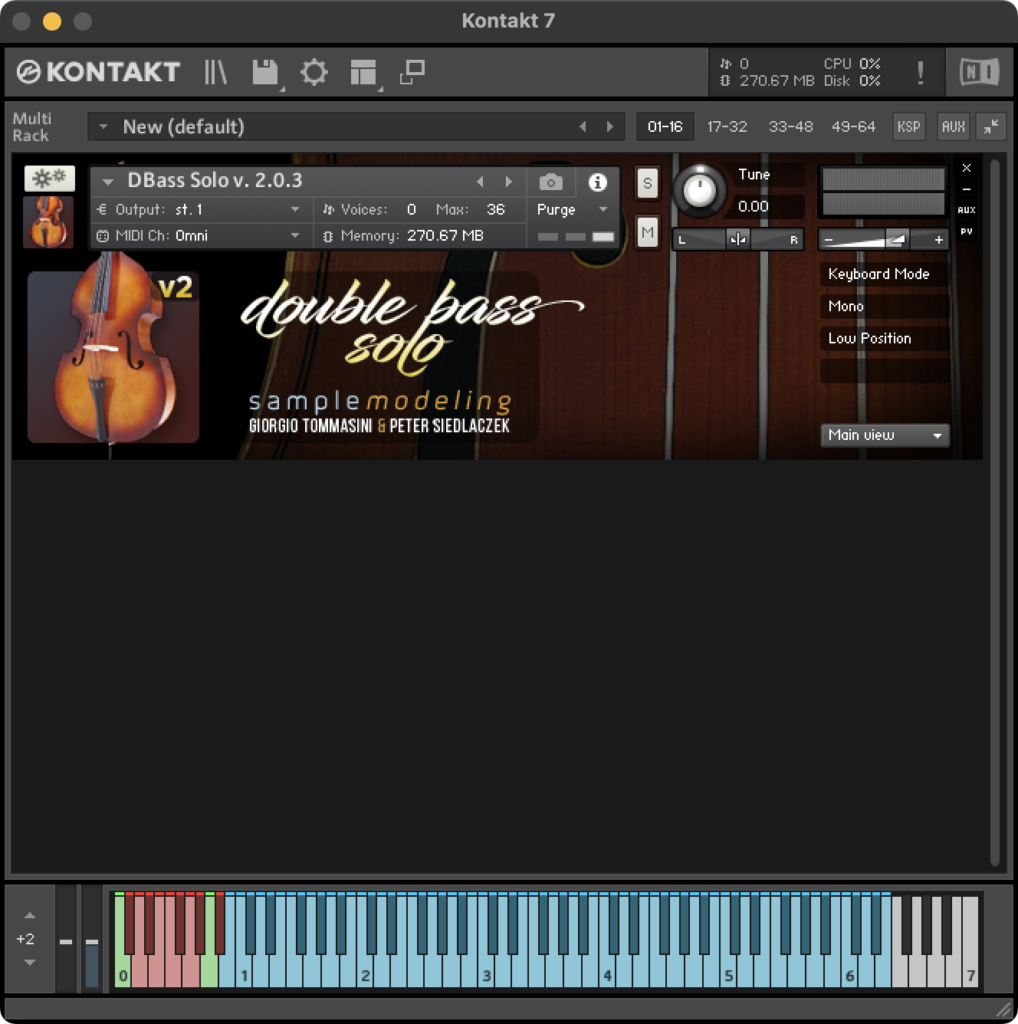
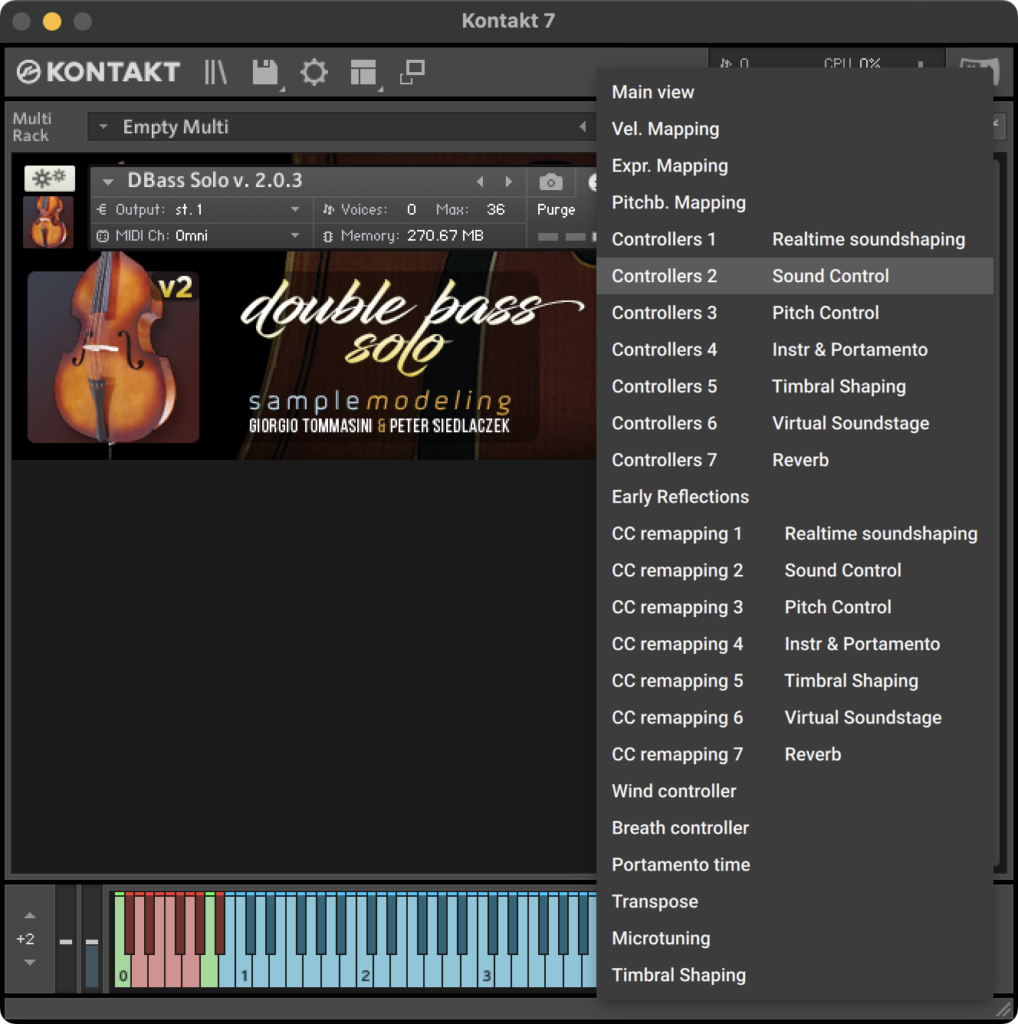
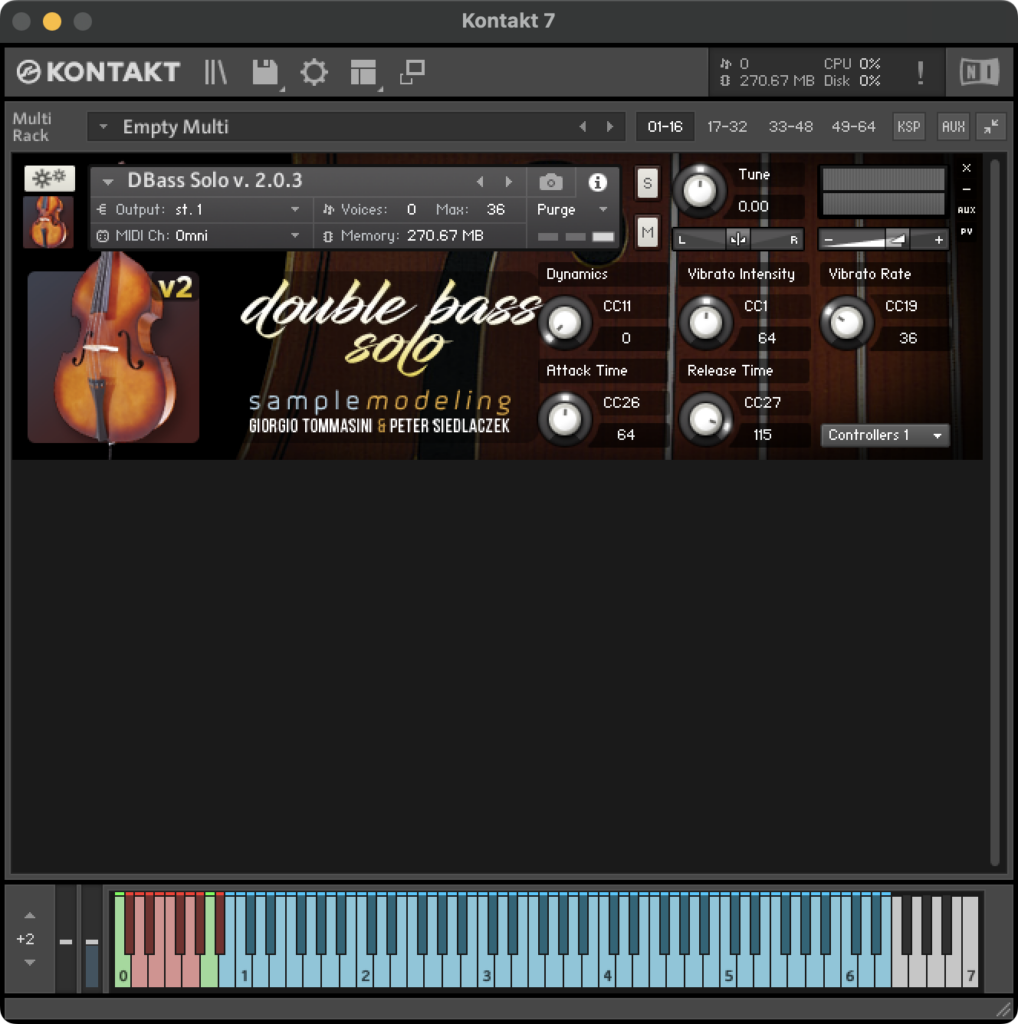
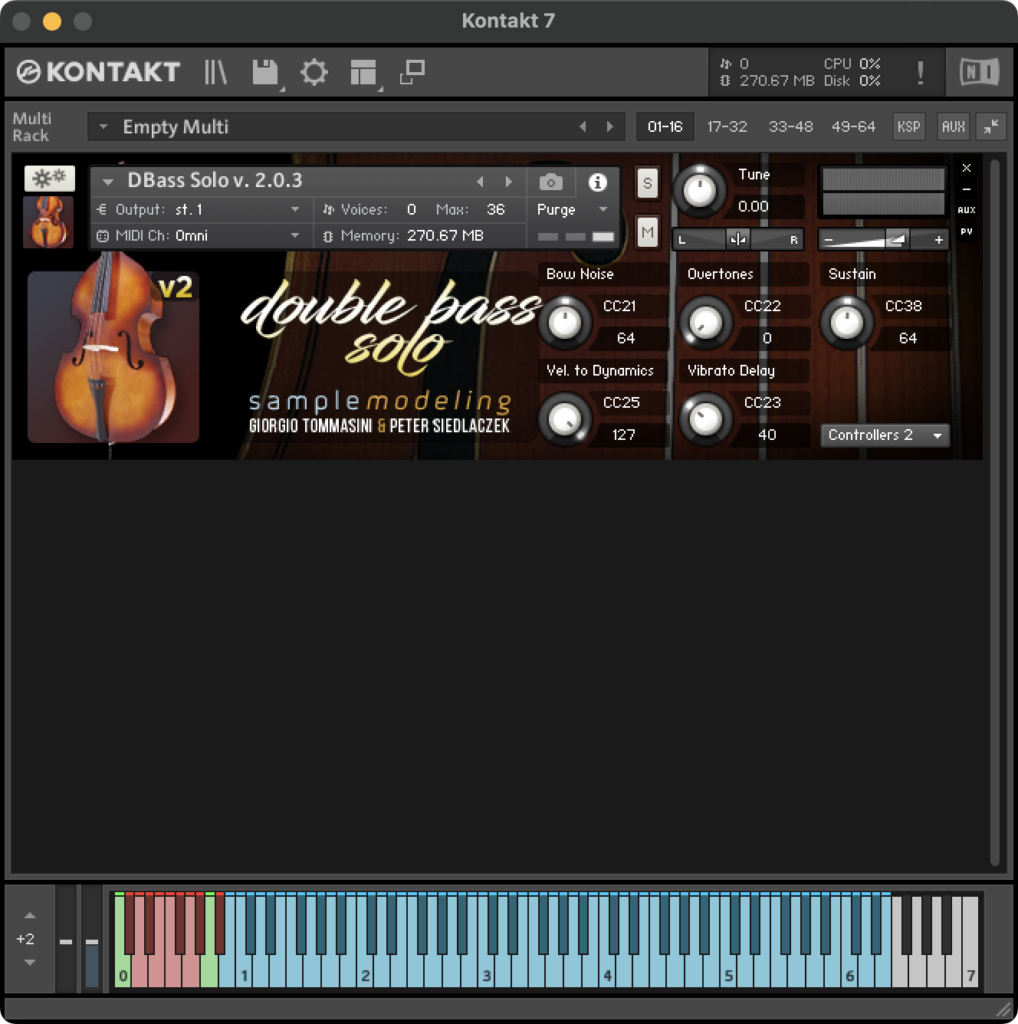
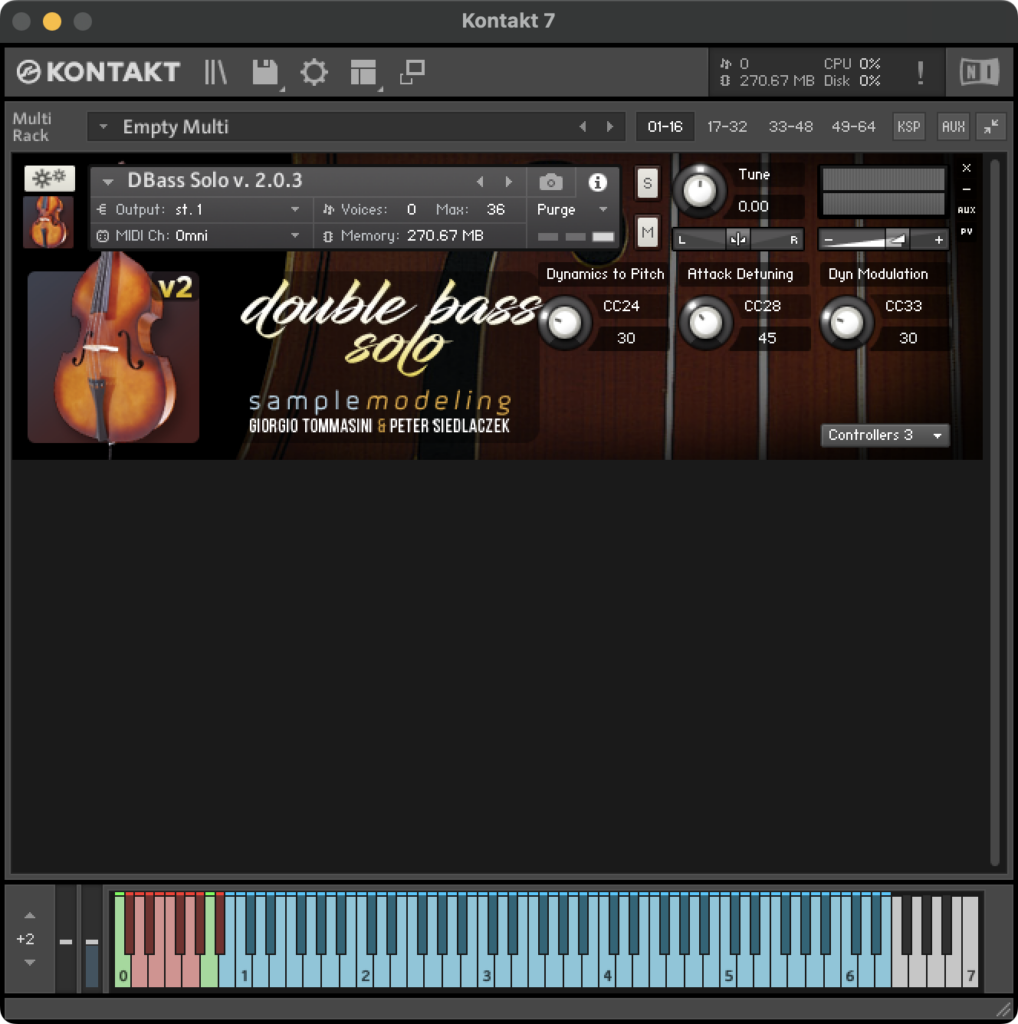
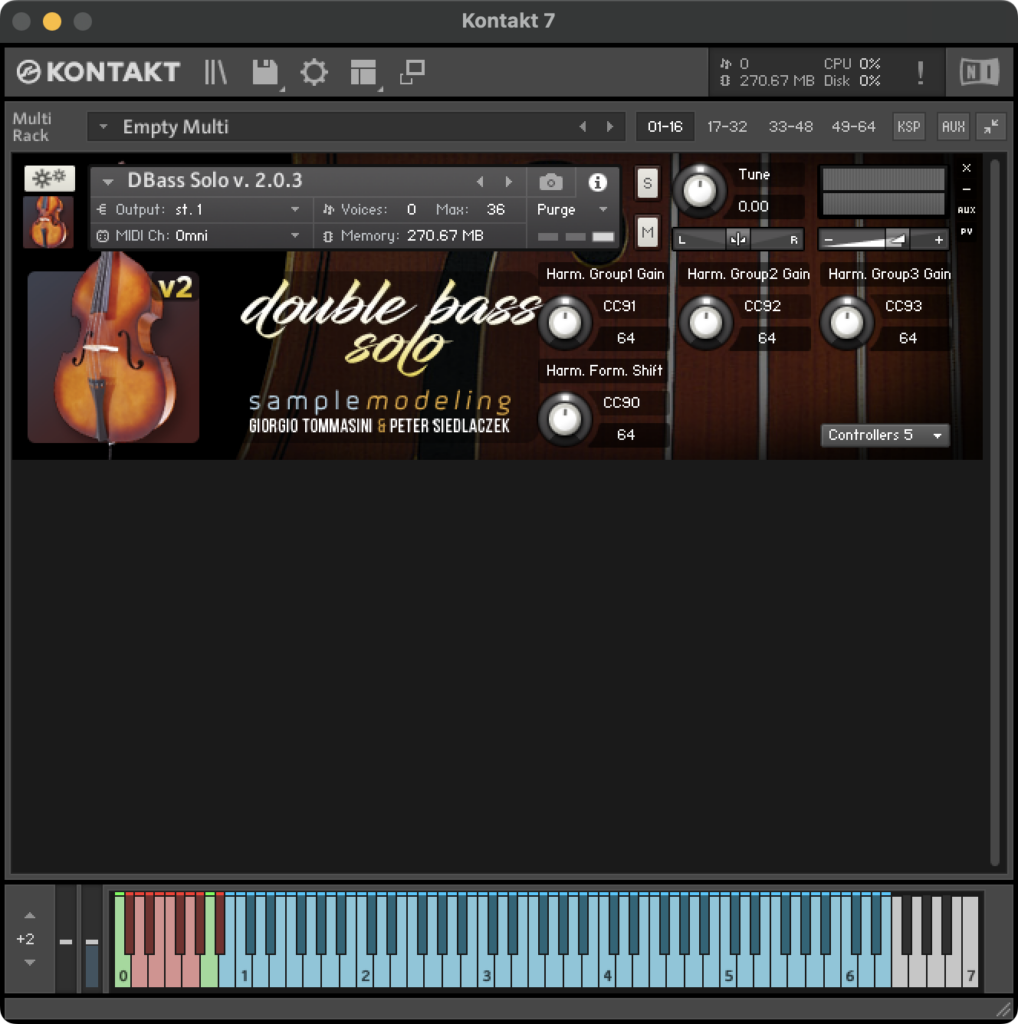
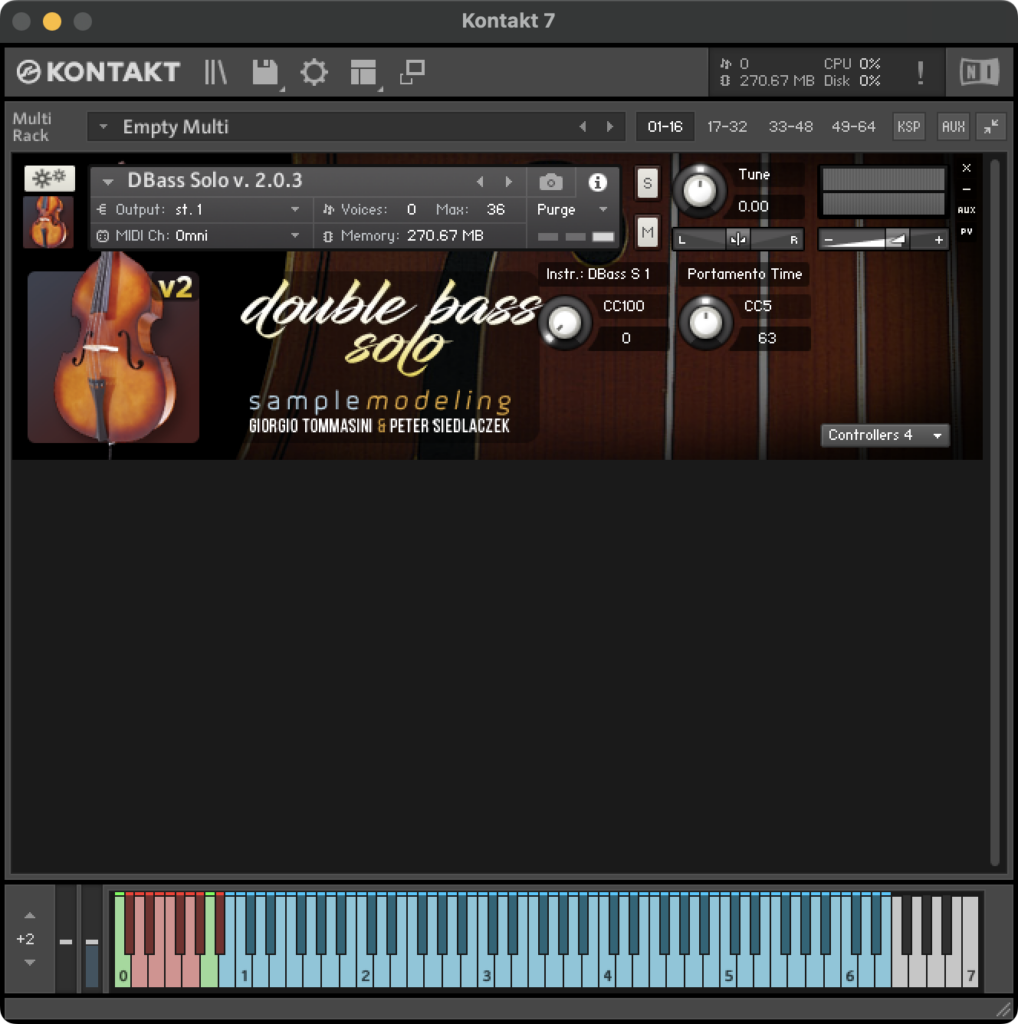
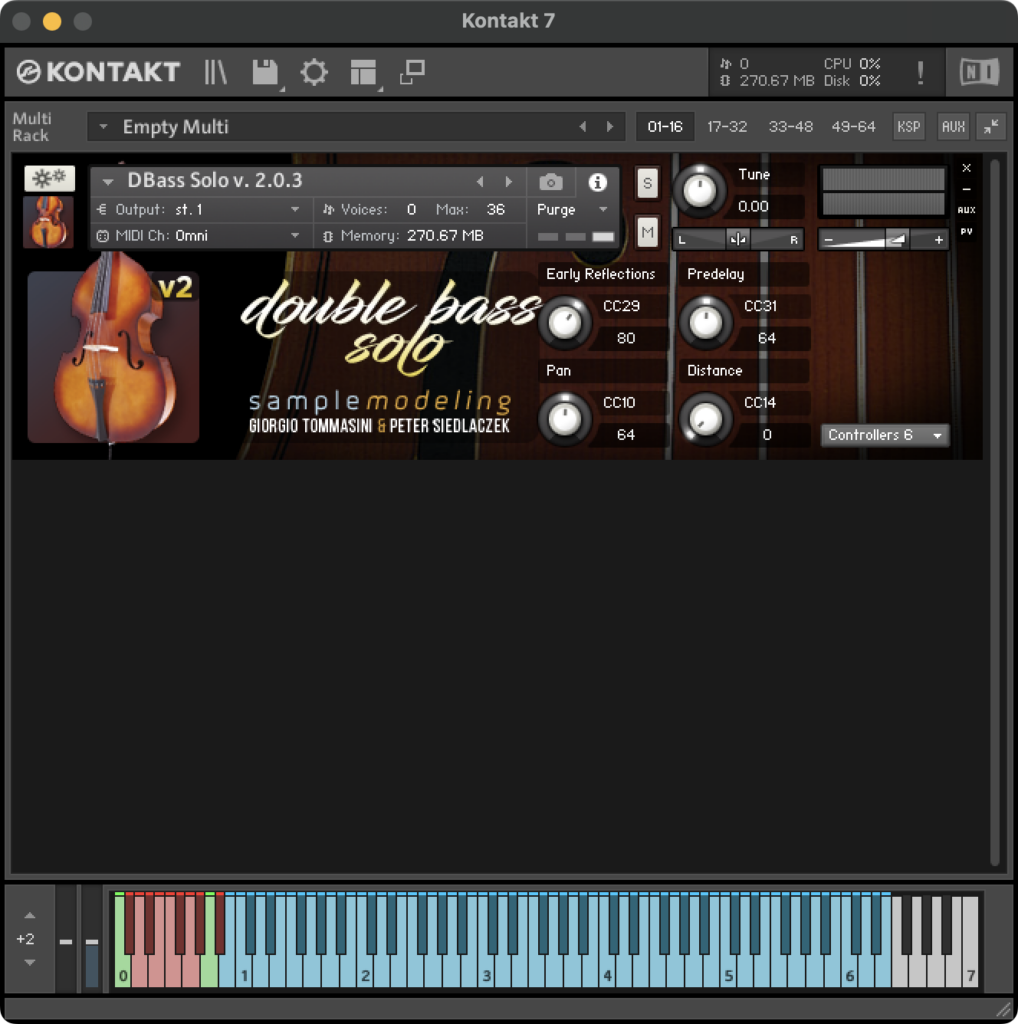
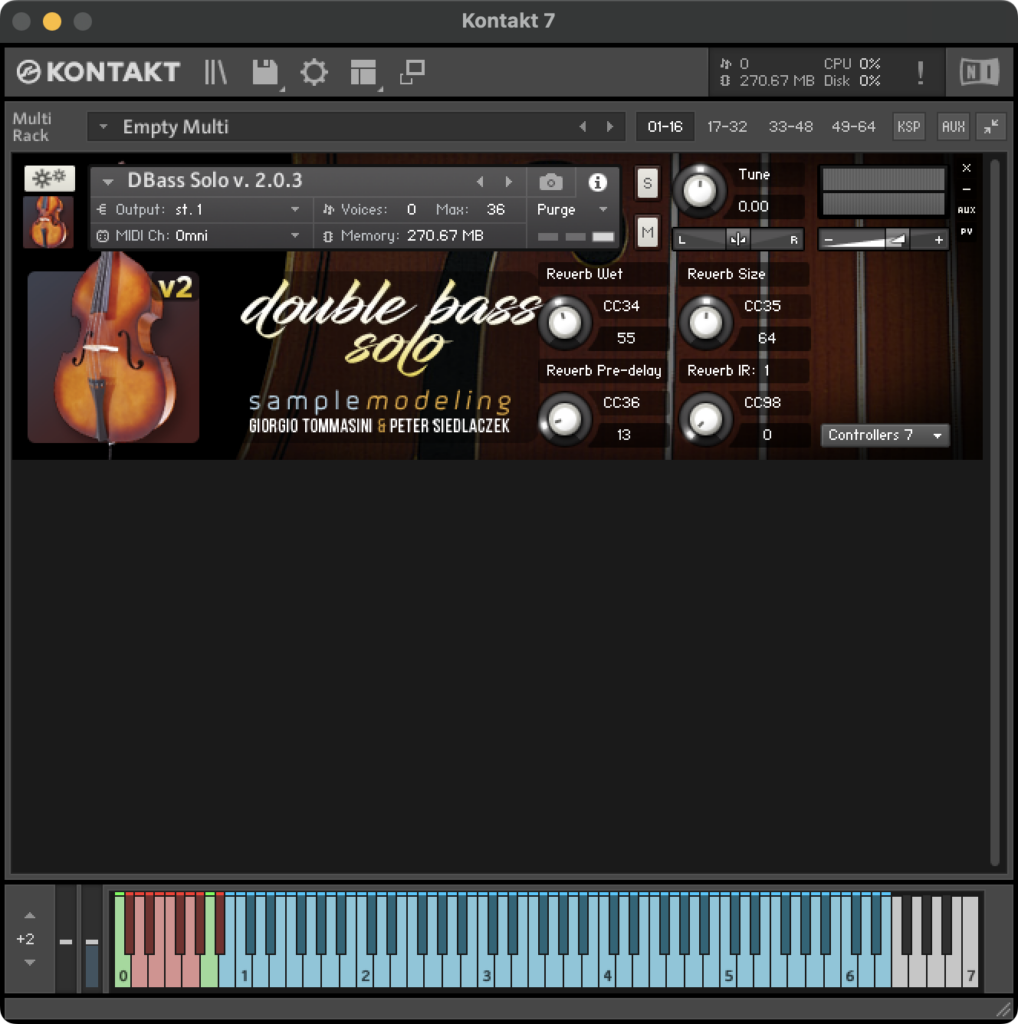
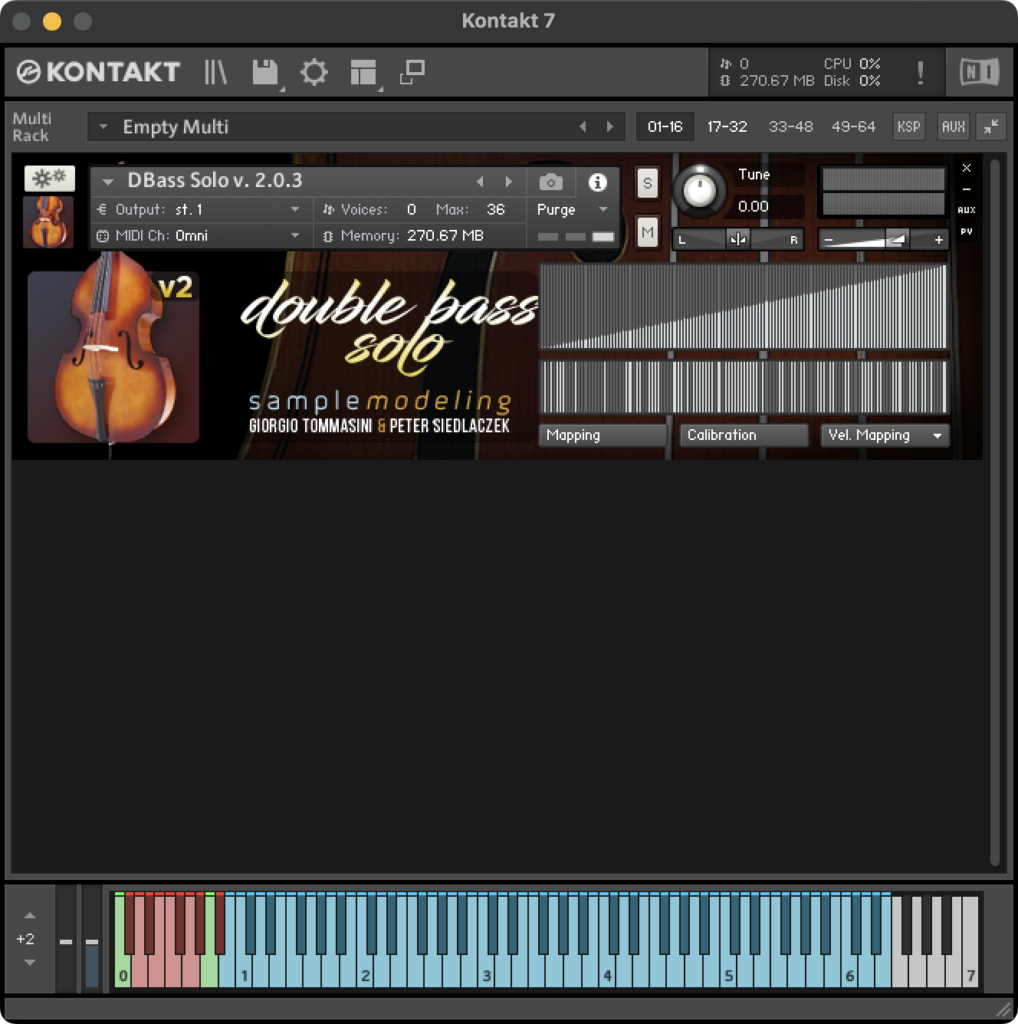
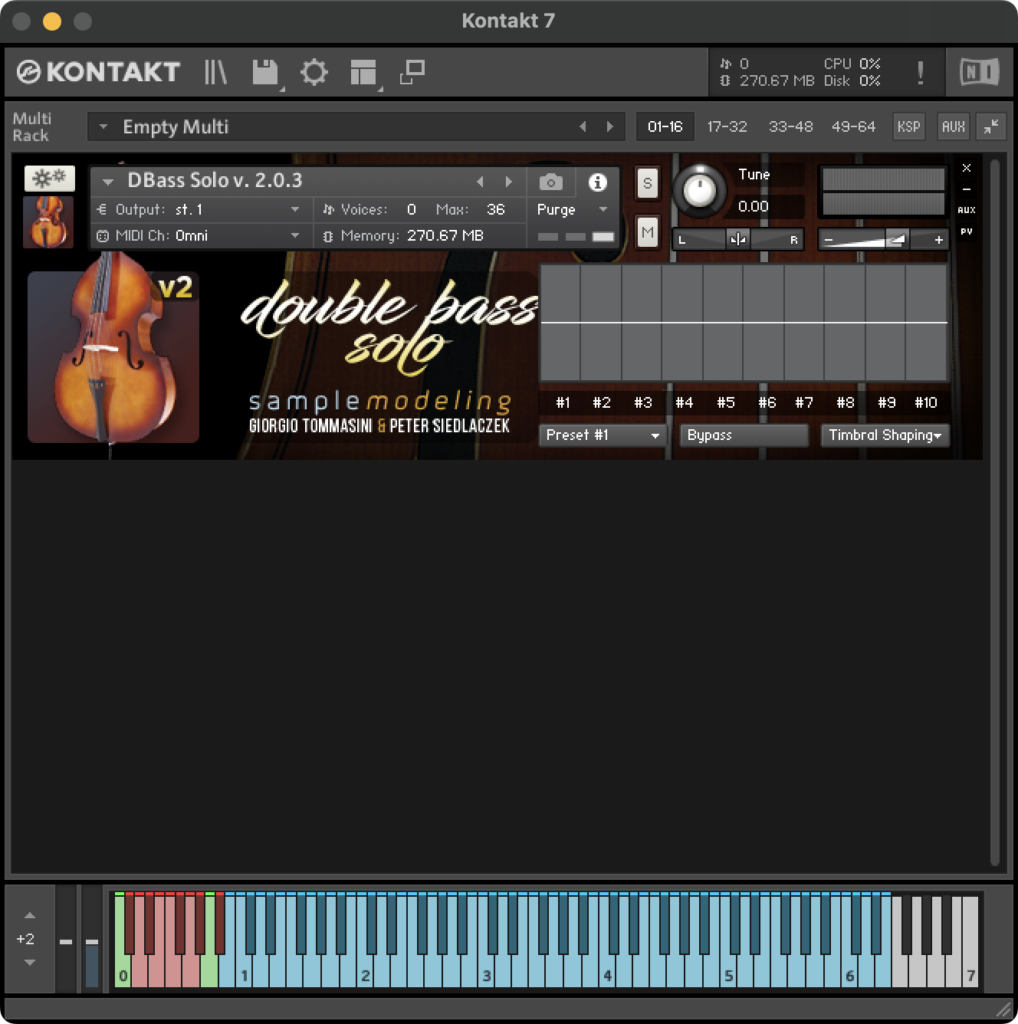
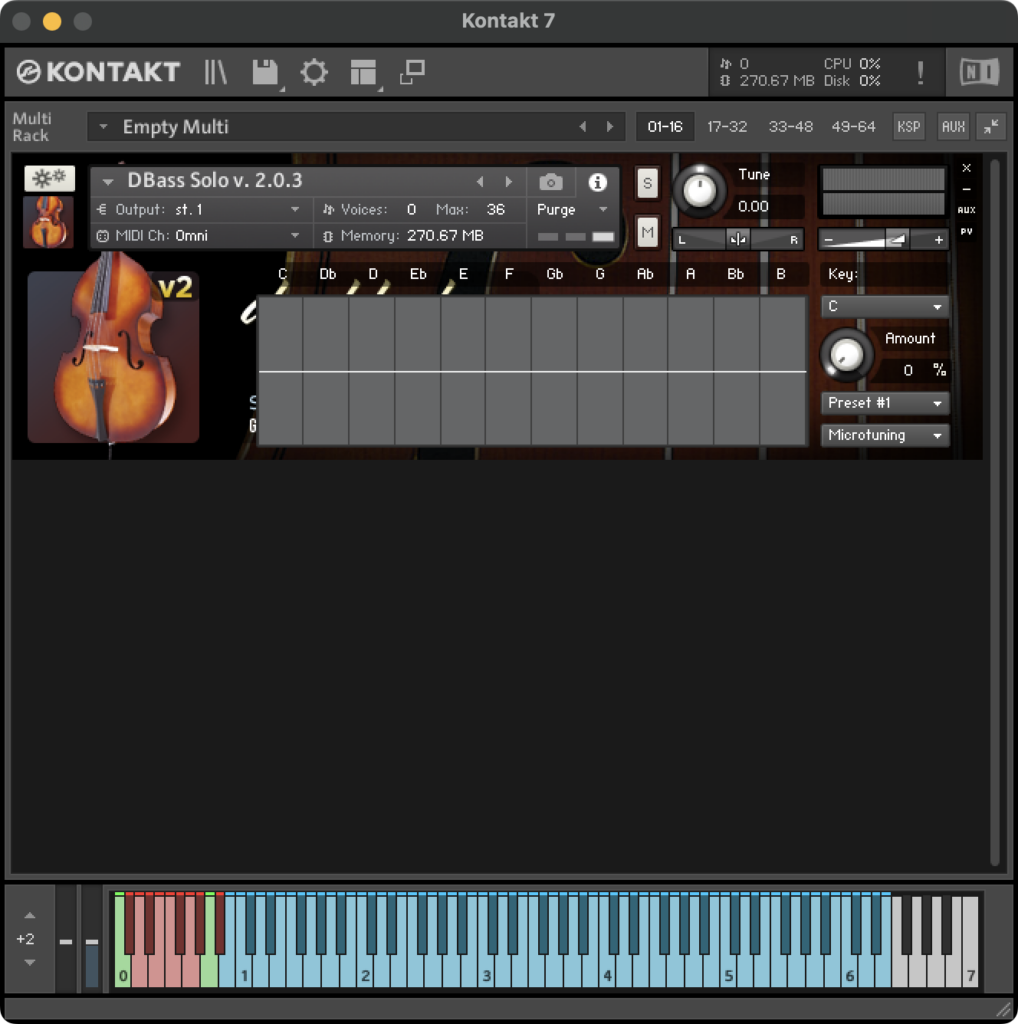
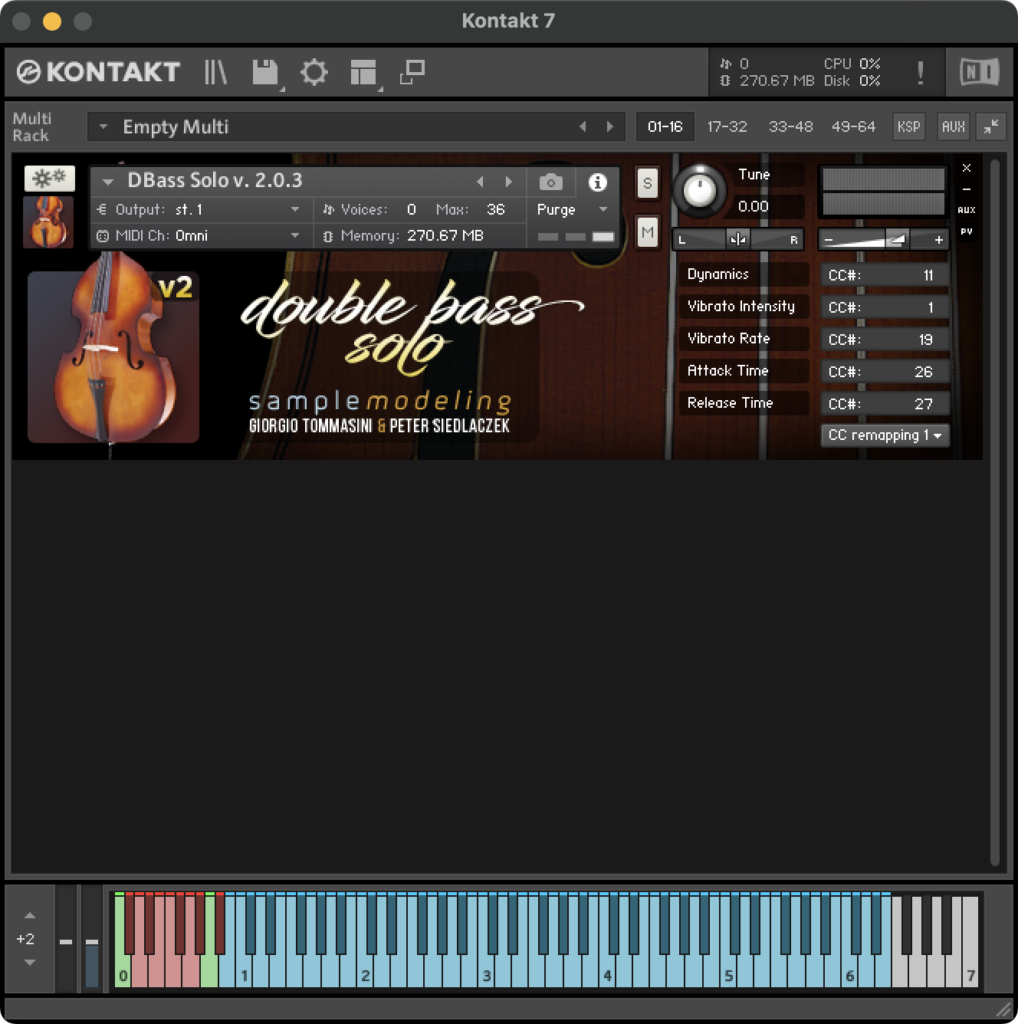
The Solo D.Bass further expands Samplemodeling™ technologies. Multi-microphone anechoic recording allows to capture the original timbre of the instruments, along with their radiation pattern. Our proprietary “Harmonic Alignment” yields continuous transitions across virtually infinite dynamics. Specially devised “early reflections” impulse responses add a virtual space to the anechoic sound, greatly contributing to realism. New, patent pending technology allows to vary the perceived size of the ensemble in a continuous manner. The programming moves further away from conventional libraries, by exploiting physically-oriented modulation of the recorded sound. The result is a playable and highly expressive virtual instrument that retains the rich, full sound of real strings. Samplemodeling Solo D.Bass includes 7 different sounding instruments and a sordino. The Strings engine is structured according to an adaptive model, based on the performance “fingerprints” of the real instruments. The purpose of the model is to minimize the differences between real phrases and those played by the virtual instruments. Proprietary instrument body IRs, innovative techniques for sample modulation and advanced artificial intelligence MIDI processing are used for real-time construction of all articulations and morphing across dynamics, vibrato, legato, portamento, cross-string, portato, trills, tremolo, staccato, pizzicato, col legno, harmonics and so forth. Pseudo-random detuning and pitch & dynamics modulation, based on real performance-derived trends, is another outstanding feature of the Solo D.Bass, adding further realism. Please note that these Solo Strings version 2.03 instruments will only run on Kontakt 7 and later. They are NKS compliant. This feature will be much appreciated by Komplete Kontrol and Maschine users.
Windows 7 or later, 32 or 64 bit
Intel or Apple Silicon, OS X 10.8 or later.
Samplemodeling is the first company ever to have combined the real samples as a sound source and advanced proprietary modeling techniques to shape the behaviour of the instruments in real time.
Samplemodeling Solo Strings, like all the other samplemodeling instruments, have virtually infinite layers of sound. It’s able to accurately reproduce the timbral evolution from very soft to very loud playing, modulating dynamics with continuous, step-less transitions from Pianissimo to Fortissimo. The instrument aims to give freedom to the user’s musicality, so there’s a focus on the playability and the response.
We warmly recommend using a MIDI controller to shape the dynamics in real time during your performance, may it be the modulation wheel, X-Y pad, breath controller, expression pedal or any other.
If you don’t have any controller, don’t worry. The instrument is anyway designed to help the user achieve an ideal performance just with a keyboard or the piano-roll only.
Vibrato is undoubtedly an essentials element for the realism of your musical lines. Samplemodeling vibrato is by far the most manageable existing vibrato, since it does not start from multiple static recordings but from real-time modeling of the sample.
The vibrato of a real string instrument has a very complex “anatomy” which can be described as a modulation of pitch, intensity and timbre. Also, vibrato intensity and frequency slightly vary over time. Our virtual trumpet creates a realistic vibrato by reproducing these subtle variations by advanced AI (Artificial Intelligence) techniques.
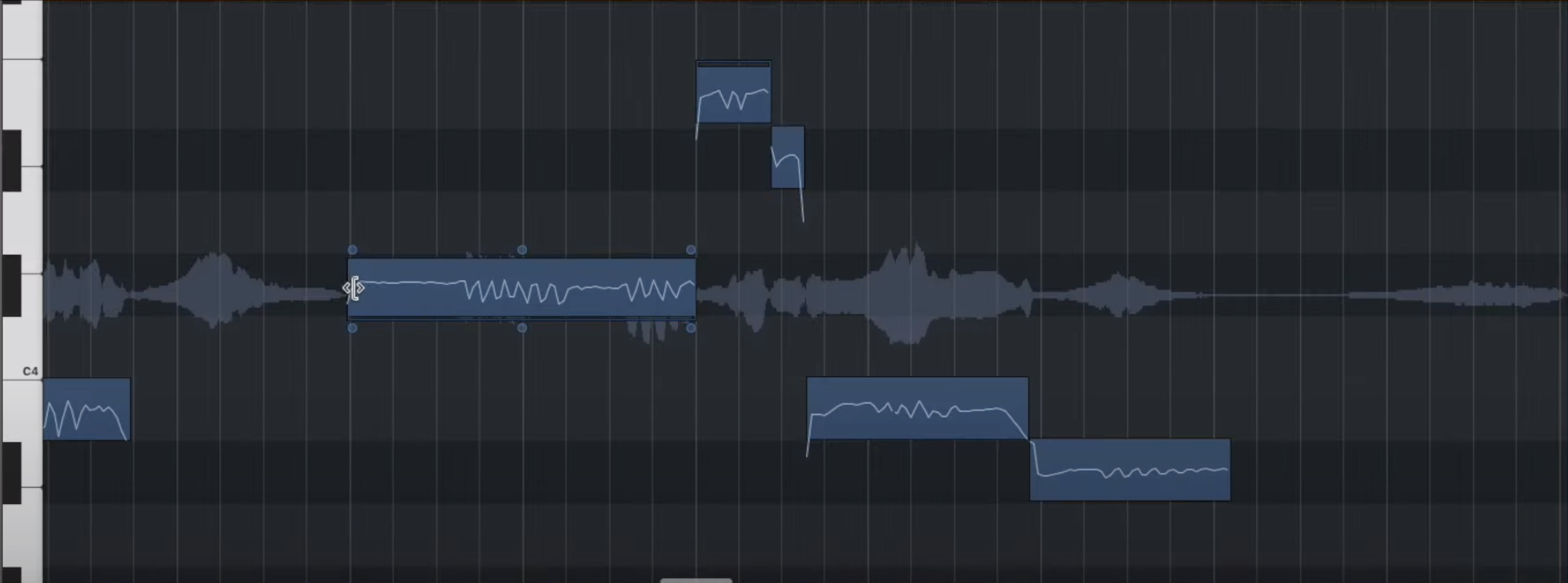
You can exploit the extremely realistic vibrato created by the instrument by adjusting its intensity, with MIDI CC#1. The algorithms will automatically manage, pitch, intensity, harmonic and timbre variation based on deep analysis of real performances, according to the inserted CC#1. If you desire, you can manually change the rate by controlling and automating the parameter (CC#19) Vibrato Rate.
For more plug-&-play users, the instrument gives the option of exploiting an automatic vibrato, selecting before the performance the desired maximum intensity, rate and delay time.
For those who want to manually control everything and exploit the extreme flexibility of the instrument, Samplemodeling instruments can be used without any algorithmic “help” and perform your vibrato directly with a controller (i.e. MIDI ring, pitch bend, Leap motion…)
Every instrument comes equipped with a variety of Body Impulse Responses (IRs), yielding the timbre of seven different instruments of the same type, plus “con sordino.
All samples are unlooped, and have a minimum duration of about 10 sec. The Strings engine is structured according to an adaptive model, based on the performance “fingerprints” of the real instruments. The purpose of the model is to minimize the differences between the real phrases and those played by the virtual instruments.
Proprietary instrument body IRs, innovative techniques for sample modulation and advanced artificial intelligence MIDI processing are used for real-time construction of all articulations and morphing across dynamics, vibrato, legato, portamento, cross-string, portato, trills, tremolo, staccato, pizzicato, col legno, harmonics and so forth.
Pseudo-random detuning and pitch & dynamics modulation, based on real performance-derived trends, is another outstanding feature of Samplemodeling Solo Strings, adding further realism.
Despite their structural complexity, the Solo Strings are very intuitive and easy to play.
Our instruments do not use pre-recorded articulations, so shaping the sound is the task of the player, carried out by proper use of a few midi controllers. Extensive use of advanced Artificial Intelligence (AI) techniques greatly facilitates this task.
Our “Adaptive Model” approach acts by minimizing the differences from the real instrument, whatever articulation or phrase you play. You can therefore concentrate on creating music, rather than mastering complex sample bank management.
Nevertheless, thorough knowledge of the controllers and the keyswitches (KS), and some practice are certainly needed to get the best results. Moreover, knowledge of musical styles and playing techniques of the real strings is very important as well. Before starting to play, please make sure your expression pedal (or breath controller) is connected to the keyboard and properly mapped to CC11 (or CC2). Please note that the instrument(s) will not play (displaying a warning) unless you move the expression controller and initialize it.
Detached (non legato), is a note separated from the previous one by some amount of time. They consist of an attack, a sustain, and a release phase.
The type of attack depends on the interaction between note-on velocity, CC38 and CC11. As a general rule, the higher the velocity, the more “punchy” the attack. However, a much more sophisticated approach, linked to CC25, as described above in “The Controllers and their function”, page 16, allows the player to shape virtually any attack from a crescendo (low key 35 velocity), a neutral attack (medium velocity), to a sforzato effect (high velocity).
Off-the-string and on-the-string attacks are also available, controlled by CC38.
Values lower than 54 generate “on-the-string” attacks, meaning that the bowstroke starts with the bow laying on the string. This is particularly useful for playing marcato. Lower values of cc38 will produce stronger on-the-string attacks.
Values above 74 generate an “off-the-strings” attack, meaning that the bow is “landing” on the strings of the instrument, as for example in spiccato.
The length of the spiccato release can be controlled by CC27, and the duration of the marcato attack by CC26.
Legato notes are not separated, but rather connected to the previous note by some form of transition. The transition time (and type) between subsequent notes represents one of the most important elements of expression. If it’s short, it is usually named legato. If it exceeds a certain time, the transition may “carry” from one note to another by a slide, which is called “portamento”.
Getting a legato or portamento with our virtual strings is actually very easy. You only need to overlap subsequent notes with the appropriate note-on velocity.
The duration of legato/portamento ranges from 30 ms to about 1 sec., depending on the velocity of the overlapped note, the played interval and CC26. Higher values of the latter lead to longer portamento durations. Normal legato is obtained with velocities ranging from 70 to 90. Lower velocities lead to a softer transition. The lowest velocities introduce the portamento effect. Portamento may be interrupted by overlapping a new note. Bichord portamentos are also possible when a first bichord is followed by a second one played with overlapped notes.
Please note: very low velocities (below 10), which may be necessary for longer portamentos, might be difficult to play on some keyboards, so the proper calibration of the velocity response of your keyboard may be very helpful. Under these circumstances we strongly recommend using our velocity remapping tool. Please refer to the Menu description above for more details.
Some hosts or controllers (e.g. notation programs or wind controllers) may represent legato as a series of non-overlapping notes, though very close to each other. In this case our instruments will interpret and play such notes as legato. Since the time resolution of our scripts is 4 ms, the following rule applies: if the gap between the MIDI notes is below 4 ms, they will be played as if they were overlapped, i.e. legato. A distance larger than 4 ms will generate separated (non-legato) notes. Please note that changing the tempo of a sequence modifies the duration of the gap. In this case, to maintain the proper articulation, e.g. legato vs. non-legato, a correction of the gap would be required. For example: you created a MIDI sequence playing a series of notes. If the gap between the note-off and note-on of the subsequent note is always 5 ms or more, the notes will be played non- legato. Raising, however, the tempo will shorten the gap. If it gets below 4 ms, the notes will be played legato, hence the necessary correction. Gaps very close to 4 ms should be avoided, since they may randomly change between legato and non-legato.
Realistic trills and ornamentations – both in ensemble and solo instruments – can be obtained by simply playing them on a keyboard. A very helpful retrigger feature greatly facilitates this task: upon release of an overlapped note, the previous note will be played again (retriggered) if the key is still held down. So in order to play a trill, keep the initial note pressed permanently, while pressing and releasing the other note. Try different velocities, which noticeably determine the character of the trill. This technique works also in more complex ornamentations using two or more overlapping notes.
Like trills and ornamentations, also runs can be played directly on the keyboard without using any keyswitches. Pay attention to play them legato, i.e. overlapping the notes, and choosing a velocity which suits you. Of course the dynamics (CC11) remains fully under player ́s control.
The instruments are programmed by default to play without open strings (except the lowest one). The keyswitch G# allows playing them (if the appropriate pitch is played). The instruments play in low positions by default. Higher positions (where possible) are activated by the keyswitch A#. Violin can play even higher positions, if the keyswitch C2 is activated.
With the velocity you can naturally handle the attack of the sound and shape the overlapped notes, triggering for example a legato, portamento or glissato transition. The instrument will help you with its complex internal or algorithms that control attack’s ramps, pitch and other aspects of the sound.
It is well known that midi keyboards have different and uneven velocity response, and this may heavily influence the performance of a virtual instrument. To obviate this problem, the instrument includes automatic detection of any velocity inhomogeneities or non-linearity of the keyboard, and provides automatic mapping to any desired curve.
NEW: Similarly, user-drawn rescaling of the expression controller allows better control of the dynamics, particularly with such input devices like breath and windcontrollers.
Velocity Mapping
User-drawn rescaling of the note-on velocity allows greater flexibility and better control of the articulations. This is particularly suitable for breath or wind controllers, or other physical input devices.
Expression Mapping
User-drawn rescaling of the expression CC allows better control of the dynamics. This is particularly suitable for breath or wind controllers, or other physical input devices.
Pitchbend Mapping
User-drawn rescaling of the Pitchbend allows to tailor the response to different input devices. Some devices, for example require that subtle PB oscillations are strongly amplified, while large ones remain within the PB range. The latter has been extendend to +/- 3 semitones for particular applications.
The early reflections (ER) are those components of the emitted sound reaching the listener shortly after being reflected from the closest walls, floor and ceiling. They convey information about the spatial localizaton of the instrument, and greatly contribute to realism. In the Strings, a sophisticated algorithm extracts the directional information of multi-microphone anechoic recordings to recover the overall timbre of the instruments along with their radiation pattern, assembling this information into a suitable ER impulse response, which adds a virtual space to the anechoic sound.
This feature allows precise positioning of the instruments in a virtual space located before the listener, using early reflections, pre-delay, convoluted panning, stereo field width, and perceived distance algorithms. You can move your instruments back and forth, from side to side, or with a combination of the two, even in realtime, mimicking the natural movements of the player. You can modify the ratio direct/reflected sound, and even “displace” the back wall, for a variable depth effect. This virtual soundstage will set you free of adding a further suitable acoustic environment, without incurring multiple-ambience issues. This can be carried out within the same Kontakt Player, which provides a high quality convolution reverb.
Each instrument is equipped with a high quality convolution reverb, with several selectable IRs, ranging from a small chamber orchestra space to a large auditorium. The dry/wet ratio, IR length and predelay are under user’s control. This internal reverb permits to get a full realistic sound straight out-of-the-box. When set to zero, the internal convolution reverb is switched off, allowing the use of your preferred ambience setup.
Several playing techniques which can be applied to string instruments (e.g. pizzicato) and some articulations (e.g detaché) are easily recalled by using keyswitches (KS). These KS are placed immediately below the playing range of each instruments. By pressing a KS you can activate microtuning, pizzicato, col legno, harmonics, solo or poly (arpeggio) mode, detaché/bowchange, portato & tremolo, allow open strings and selecting low, middle and high playing position. All the KS are working in real time, either in momentary or latch mode.
The instruments displays the selected input device (keyboard, breath controller, wind controller), identifies mode (solo, poly, detaché), technique (tremolo, pizzicato, col legno, harmonics), articulation (downbow, upbow, bichord, accent, staccato, legato, cross-string, portamento, trill, run) and playing position (open strings, low, high, highest), and displays this info in real time on the main GUI.
This revolutionary new feature adds a virtually endless timbral variety to sample-based instruments, by acting on the amplitude of individual harmonics, or groups of harmonics, even in real time. This is not a graphic equalizer; the controlling bars are not assigned to fixed frequencies, but to the first 10 harmonics of the played note. As a consequence, the affected frequencies vary with the pitch of the note. So, rising, for example, bar #1 will boost the fundamental frequency (first harmonic) of each note played, yielding a “rounder” sound. Rising bars #3, #4, #5 will increase the intensity of the corresponding harmonics for a more “nasal” sound, etc. “Sul tasto” and “sul ponticello” can be mimicked by boosting, for example, the first harmonic while decreasing the level of some upper harmonics, and the reverse. Timbral shaping can also be controlled in realtime by suitable CCs.
It is well known that MIDI keyboards have different and uneven velocity response, and this may heavily influence the performance of a virtual instrument. To obviate this problem, the instruments includes automatic detection of any velocity inhomogeneities or non-linearity of the keyboard, and provide automatic rescaling to any desired curve.
All the controllers needed for proper functioning of the instrument are mapped to virtual knobs in six GUI panels, which can be activated by a drop down menu. The function of each controller is indicated by the associated label. The virtual knobs permit to monitor the incoming midi data, but can also be used to directly control the instrument. This allows users of keyboards without physical MIDI controllers or knobs, to explore the expressive capabilities of The Strings. Additionally, all the controllers, plus the aftertouch, can be remapped to any other MIDI CC.
Playing Solo Strings with either a keyboard plus breath controller (e.g.TEControl), or directly with a windcontroller (e.g. Yamaha or Akai) is very easy. Breath & Windcontroller modes automatically set proper CC settings, enable triggering of note-on and off by the expression data flow, optimize the bite–to-pitch response for the individual WC, etc. A sensitivity knob allows to cope with virtually any input device.
All samples in Solo Strings are mapped according to standard MIDI note numbers. This is very convenient when using a sequencer or a large keyboard. Conversely, users of small keyboards might take advantage of transposition to conveniently exploit the full range of the instrument. The Transpose knob facilitates this task, by transposing keys and keyswitches at the same time, without the need to bother with keyboard programming.
Another important feature is microtuning, coping with the requirements of musicians using non-tempered scales, as in Middle Eastern and Asian music. Our approach to microtuning yields maximal flexibility, allowing user-defined scales, where the extent of detuning (range +60/-60 cents) can be precisely set for each note by means of a series of bars. The scale can be saved as a preset and recalled by dedicated keyswitches.
Operating Systems:
PC: Windows 10 or later.
Mac: Intel or Apple Silicon, macOS 11 or later.
Storage/Ram:
Samplemodeling instruments have low RAM and storage requirements thanks to their innovative algorithmic modeling, which generates realistic sounds without storing extensive audio data. This reduces system load, enabling a smooth and efficient music-making experience.
CPU:
Samplemodeling Solo Strings provide unprecedented realism and expressiveness but require an up-to-date CPU. A modern PC or Mac with at least 1.6 GHz is required.
Software:
Kontakt Player (free) is required to run our Solo Strings
Although some of the instruments may run on older versions, we strongly recommend using the latest version of Kontakt (7 and above).
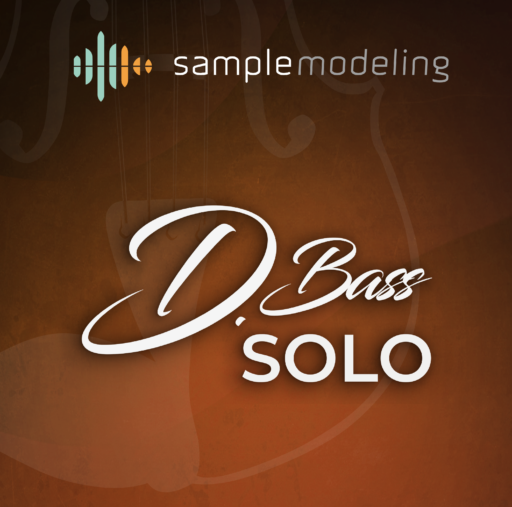
|
Bundle Name
|
|---|
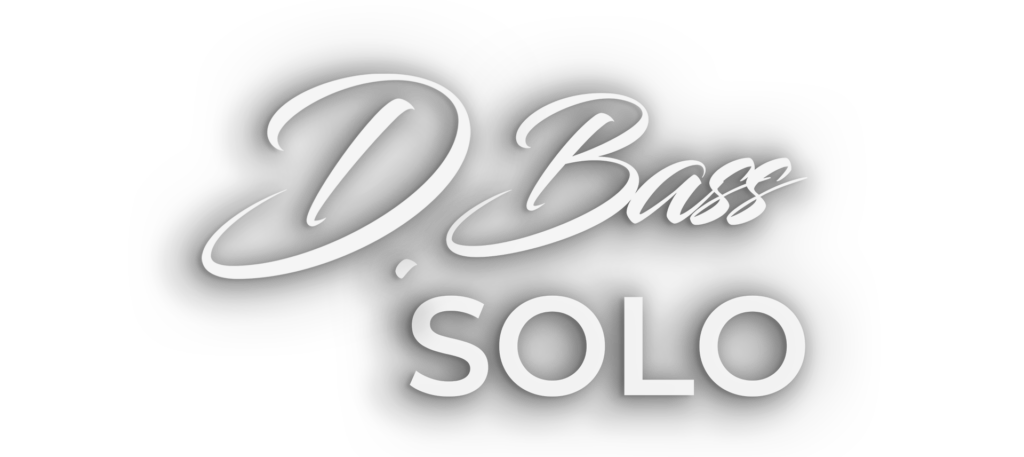
© 2007/2023 Samplemodeling TM
Adding {{itemName}} to cart
Added {{itemName}} to cart